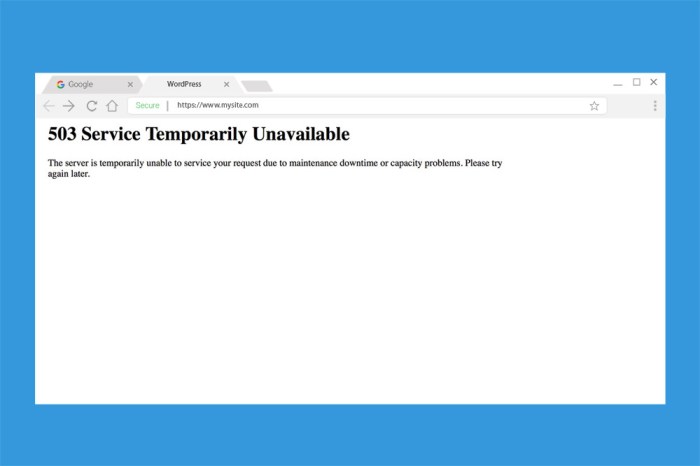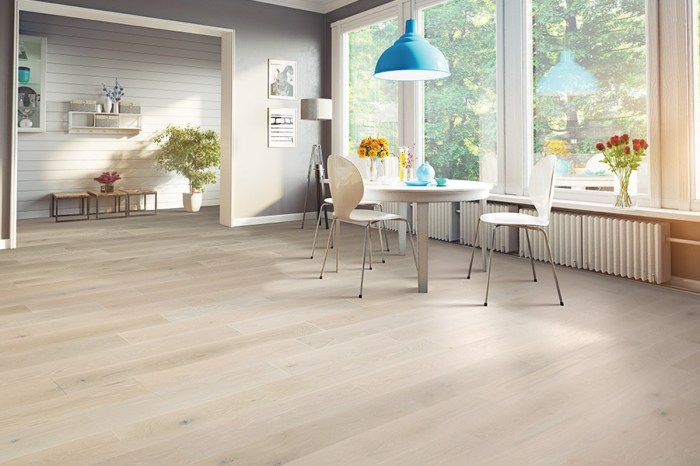Color Palettes in Modern Office Design: Modern Office Decor Ideas

Modern office decor ideas – The strategic use of color in modern office design significantly impacts employee well-being, productivity, and the overall brand image. Selecting the right palette is crucial for creating an environment that fosters creativity, collaboration, and focus. This analysis explores three distinct color palettes and examines the contrasting effects of warm and cool tones.
Modern Office Color Palettes
The following three palettes offer diverse aesthetic and functional approaches to modern office design. Each palette’s HEX codes are provided to facilitate precise implementation.
- Palette 1: Serene Productivity (#A7D1AB, #E0F2D4, #5A7B54): This palette uses soft greens and muted creams to create a calming, nature-inspired atmosphere. The #A7D1AB (sage green) provides a grounding base, #E0F2D4 (pale green) adds brightness without being overwhelming, and #5A7B54 (darker olive green) serves as an accent for furniture or wall features. This palette promotes focus and reduces stress.
- Palette 2: Energetic Collaboration (#F2B705, #FFD700, #D2B48C): This vibrant palette uses sunny yellows and warm golds to stimulate energy and creativity. The #F2B705 (golden yellow) is the dominant color, creating a cheerful and optimistic feel. #FFD700 (bright yellow) can be used for smaller accents, while #D2B48C (light beige) offers a neutral counterpoint. This palette is ideal for collaborative spaces where brainstorming and teamwork are prioritized.
- Palette 3: Sophisticated Minimalism (#2E4053, #708090, #A7B0B5): This palette utilizes a sophisticated combination of cool grays and blues to create a clean, minimalist aesthetic. The #2E4053 (dark gray-blue) serves as a base color, creating a sense of calm and professionalism. #708090 (slate gray) is used for secondary elements, while #A7B0B5 (light gray) brightens the space and adds subtle contrast. This palette projects an image of professionalism and efficiency.
Warm vs. Cool Tones in Modern Offices
Warm tones (reds, oranges, yellows) are associated with energy, enthusiasm, and comfort, while cool tones (blues, greens, purples) are linked to calmness, focus, and productivity. The choice depends on the desired atmosphere and the function of the space. A warm-toned reception area might create a welcoming environment, while cool tones in a focus room might enhance concentration. Studies suggest that cool tones can improve task performance in detail-oriented work, while warm tones may be more beneficial for creative tasks requiring inspiration.
For example, a Google office might use vibrant warm colors in collaborative areas and cooler tones in individual workspaces.
Accent Colors in Modern Office Design
Accent colors are used strategically to highlight specific features or zones within the office layout. They add visual interest and can be used to subtly guide movement or delineate different areas. Consider an office where the #2E4053 (dark gray-blue) serves as the primary color for walls and flooring. Bright pops of #F2B705 (golden yellow) could then be incorporated into seating areas to draw the eye and create visually appealing focal points.
Modern office decor often prioritizes clean lines and functionality, but incorporating natural elements can create a surprisingly calming atmosphere. Think about extending this approach to your home, drawing inspiration from the serene beauty of a lakeside retreat; check out these ideas for lake house decor for some tranquil design cues. Translating these peaceful vibes back into your workspace, through natural textures and calming color palettes, can boost productivity and overall well-being.
Similarly, #A7D1AB (sage green) might be used for meeting room walls, creating a visually distinct and calming space within the larger office. This strategic use of accent colors adds dynamism and personality without overwhelming the space’s overall aesthetic.
Incorporating Technology and Smart Features

The modern office transcends mere aesthetics; it’s a technologically driven ecosystem designed for optimal productivity and collaboration. Seamless integration of smart technology is no longer a luxury but a necessity, impacting everything from environmental control to communication workflows. This section explores how smart features enhance the modern workspace and boost efficiency.Smart technology significantly improves the functionality and user experience of modern office spaces.
Smart boards, for instance, replace traditional whiteboards with interactive displays offering functionalities like screen sharing, video conferencing, and annotation capabilities. Automated blinds adjust lighting levels throughout the day, optimizing natural light and reducing energy consumption. These systems, often controlled via mobile apps or centralized dashboards, contribute to a more comfortable and efficient working environment. The data collected by these systems can also inform future design decisions, optimizing space utilization and resource allocation.
Smart Technology’s Role in Collaboration and Communication, Modern office decor ideas
Effective collaboration and seamless communication are cornerstones of a productive modern office. Technology plays a pivotal role in achieving this. Video conferencing systems facilitate real-time interaction with colleagues across geographical locations, eliminating the need for costly and time-consuming travel. Cloud-based project management tools allow for shared access to documents and real-time collaboration on projects, improving transparency and accountability.
Instant messaging platforms and integrated communication systems streamline internal communication, ensuring information reaches the right people quickly and efficiently. For example, a company like Slack integrates seamlessly into many modern office workflows, providing a central hub for communication and collaboration. This integrated approach minimizes the reliance on email and allows for more agile responses to evolving project needs.
Essential Technological Features for a Modern Office
The following five technological features are crucial for maximizing productivity and efficiency in a contemporary office setting:
- High-speed, reliable internet connectivity: Essential for cloud-based applications, video conferencing, and seamless data transfer. A robust network infrastructure minimizes downtime and ensures uninterrupted workflow. This is particularly crucial in today’s data-heavy work environment, where large files and high-bandwidth applications are common.
- Cloud-based storage and collaboration tools: Facilitates easy access to documents and data from any device, promoting teamwork and improving data security through centralized management. Examples include Google Workspace or Microsoft 365, which offer a suite of integrated applications for document creation, sharing, and communication.
- Advanced video conferencing systems: Enables seamless communication with remote teams and clients, reducing travel costs and time while maintaining a personal connection. High-quality audio and video are crucial for effective collaboration. Features such as screen sharing and interactive whiteboards enhance the experience.
- Smart lighting and environmental control systems: Optimizes energy consumption and enhances employee well-being by adjusting lighting and temperature based on occupancy and time of day. This improves productivity by creating a more comfortable and efficient workspace, while also contributing to sustainability initiatives.
- Integrated security systems: Protects sensitive data and physical assets through access control systems, surveillance cameras, and robust cybersecurity measures. This is crucial for maintaining data integrity and protecting the company’s intellectual property. Examples include multi-factor authentication and intrusion detection systems.
Questions Often Asked
What is biophilic design, and how does it apply to modern offices?
Biophilic design incorporates natural elements—like plants, natural light, and natural materials—into the built environment to improve occupant well-being and productivity. In offices, this might involve using wood furniture, adding indoor plants, or maximizing natural light.
How can I incorporate sustainable materials into my modern office design?
Choose furniture and materials made from recycled or sustainably harvested resources. Look for certifications like FSC (Forest Stewardship Council) for wood products. Consider using low-VOC (volatile organic compound) paints and finishes to reduce indoor air pollution.
What are some cost-effective ways to improve my office’s aesthetic?
Adding plants, repainting walls in a fresh color, incorporating affordable artwork (prints, photography), and strategically using lighting can significantly enhance the office’s aesthetic without breaking the budget.


